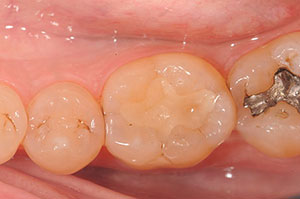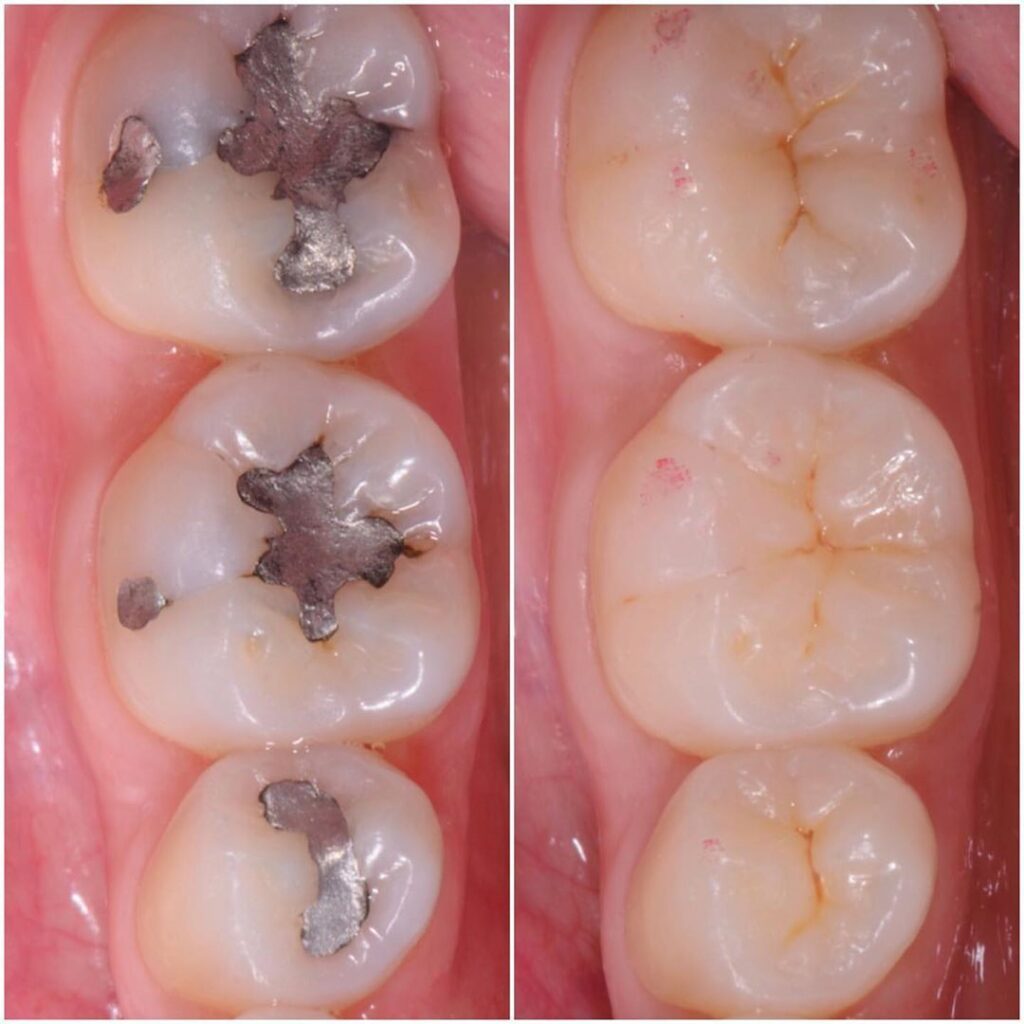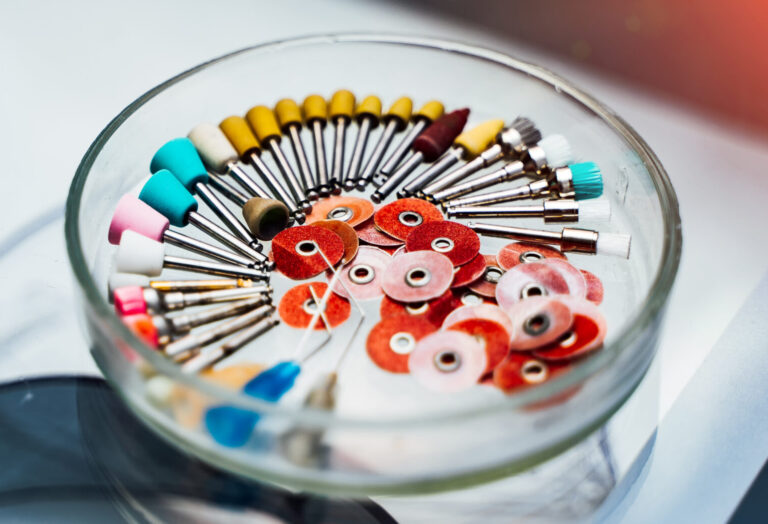Conservative Dentistry
Conservative dentistry is about providing the least invasive treatment possible. Conservative Dentistry involves:
Treatment & Management of Dental Caries (not associated with pain)

GIC Cements
Glass Ionomer Cements (GIC) are tooth colored restorative cements with flouride releasing capability. With its introduction in 1972, it now has multiple use case scenarios thanks to recent modifications of the basic composition. Few modifications include:
- Miracle Mixture
- Cermet Mixture
- Resin Modified Glass Ionomer Cement
- Copomoer
- ART Glass Ionomer

Composite Cements
These cements are the one of the most esthetic restorative cements available in dentistry . Rely on more conservative approach for treatment of dental cavities, are repairable and extremely tooth mimicking.
Rely on light based curing, allowing more time for the dentist to work with the cement
Composite Cements require to be well finished and polished to get the desired benefit of Composites high esthetics
Resin Modified Glass Ionomer Cement ( RGMIC)
This hybrid cements constitute reformulated ionomer-based materials, allowing these cements to be light cured, less technique sensitive and easier finishing. Stronger than the original Glass Ionmer Cements and resemble composites, typically used for restoring :
- Cavities on lower front surface of anterior (front teeth)
- Upper Surface of posterior baby/milk/primary teeth
Correction of Diastemas
Diastema or gap, most frequently between upper front central teeth( Central Incisors) can be done with dental cements. Usage of dental cements is quick remedy to close the gap , but not a definitive treatment. The traditional treatment of diastema involves surgical , periodontal , orthodontic and or prosthetic involvement.

Amalgam Restorations
(This section is for education purposes only. We do not provide Amalgam Restorations, owing to concerns of Amalgam Toxicity Many Dentists have stopped the use of Dental Amalgam as the go-to material for dental restorations/ fillings/ cementations for the same reason)
It at times is still being used owing to its strength. One of the primary disadvantages as is evident from the picture, they were/are aesthetically unpleasing. Are extremely technique sensitive more invasive compared to newer alternatives like Glass Ionomer Cements, Reside Modified Cements ,Composites , etc
No, these treatments are not painful at all. You will not require administrations of local anesthesia of any kind
Conservative Dental Treatments can be completed in single sitting itself.
Yes, you can come get your Amalgam Restoration replaced with any of the newer and better alternatives like GIC, Resin Modified Cements or Dental Composites

